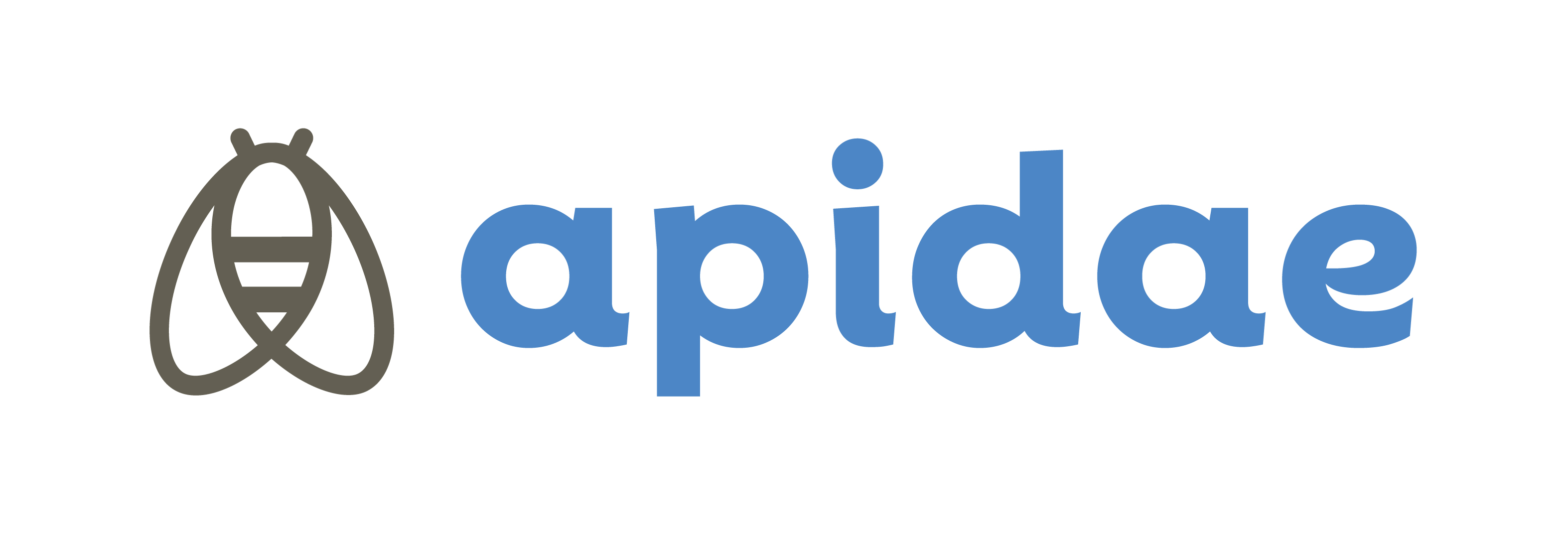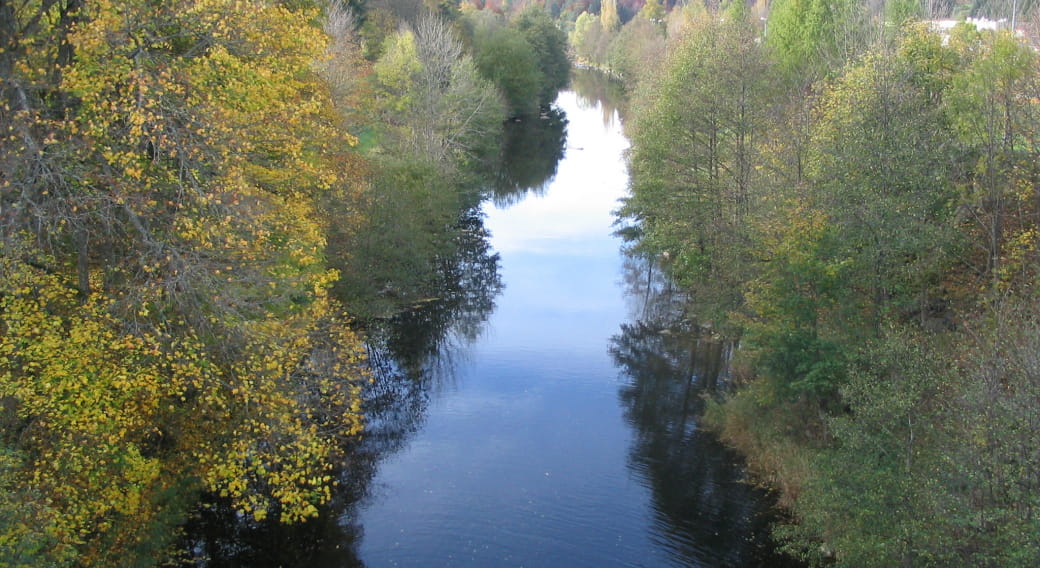This river and its many tributaries are never far away on your walks, to the delight of children and our fishing friends (waterways classified as 1st category). The stretch between Tence and Le Chambon is classified as a Natura 2000 area.
The Lignon rises in Mezenc, at the Croix de Peccata, and crosses around 85 km of the département before flowing into the Loire at Pont de Lignon/Confolent.
The Natura 2000 zone covers the communes of Chambon-sur-Lignon, Chaudeyrolles, Chenereilles, Fay-sur-Lignon, Mazet-Saint-Voy, Saint-Front, Tence and Vastres.
At the Lavalette dam, the river forms a 220-hectare lake classified as a 2nd category mountain lake. It's an ideal spot for pike, zander and perch fishing.
A 43-kilometer stretch of the Lignon upstream of the Lavalette reservoir, right up to the boundary of the Mezenc Natura 2000 site. It covers an area of 808.891 hectares, including riparian plots on either side of the river, in a band ranging from 35m to around 100m. It covers two départements (Haute-Loire and Ardèche) and two administrative regions (Auvergne and Rhônes-Alpes). The nine communes concerned are : Chaudeyrolles, Saint Front, Fay-sur-Lignon, les Vastres, le Mazet-Saint-Voy, Mars (07), le Chambon-sur-Lignon, Tence and Chenereilles. To give it greater ecological, administrative and territorial coherence, the perimeter has been extended to the boundary of the Mézenc Natura 2000 site (FR8301076).
On the Haut-Lignon site, the river flows through a variety of geological bedrocks and contrasting topography at altitudes ranging from 1220m to 820m. In the upstream section, the Lignon flows mostly through the meadows of the basaltic plateau of Mézenc, while the downstream half is more of a granite valley, relatively steep-sided and wooded.
- The site is particularly important due to the presence of 4 species of community interest linked to the river.
- Pearl mussel:
The Lignon du Velay is the only river in Europe to host the Pearl Mussel on its basaltic course.- White-clawed crayfish:
The presence of the white-clawed crayfish has been attested upstream of Fay-sur-Lignon since the late 2000s (ONEMA and AAPPMA du Chambon, 2008/2009).- European otter:
Its presence on the site has been reported since the mid-1990s (BOUCHARDY & BOULADE, 1996/1997). The inventory carried out by SICALA (CURNY & LOUCHE, 2011) verified the species' current presence in the upstream extension of the Natura 2000 site, and the species appears to be well established along the Haut-Lignon.- European beaver:
The site is home to the only significant population in Haute-Loire.
Periode d‘ouverture : Ouvert toute l‘année
All year round.





